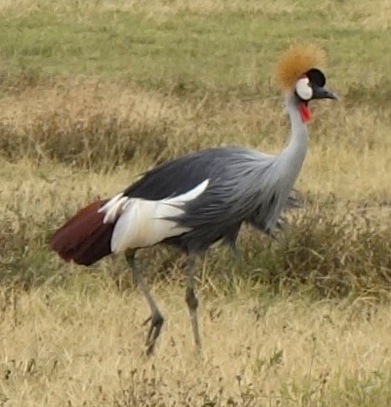
A bird walk in Africa is not really a walk at all. At least it’s not if you consider walking a form of exercise or a means to get somewhere. A bird walk consists of taking a few steps, pointing toward tree or sky, exclaiming “what’s that?”, then hoisting the binocs and thumbing through the bird book until you arrive at the Aha! moment. If your guide already knows the bird, the last step may be waived. More birds are discovered and discussed. 10 minutes later, the birders advance 25 meters and the stages are repeated. This can go on for a full morning with the round trip from camp traversing maybe 2 km.
This is totally engrossing if you’re into the fascinating puzzle that is “birds.” It’s a combination of Where’s Waldo, What’s Liz Wearing, Scrapbooking and studying for the SAT all wrapped into one.
Philatelists, genealogists, sunken ship divers, paparazzi, and fantasy football fans all understand the magic of a personal passion and the joy of discovery. On the other hand, the uninitiated might just stare and wonder.
Eventually, non-converts stop wondering and just stare. African birds are, after all, often brightly-colored, crested, long-tailed or birds of prey–all outstanding characteristics that earn one’s attention. There is plenty to study. The birders in our group have tallied 179 new birds over the days we’ve been here, and Africa is estimated to contain
1200 of the world’s 2000 species of birds. Bird sightings can be especially engaging during those dry periods when the big animals are hiding.
Still, there’s a thin line between staring in wonder and tedium, and a bird walk can test one’s patience. Luckily, in Africa there’s always big animal poop and tracks to study. While the birders look up, we can look down.

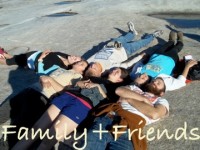


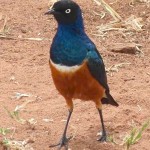
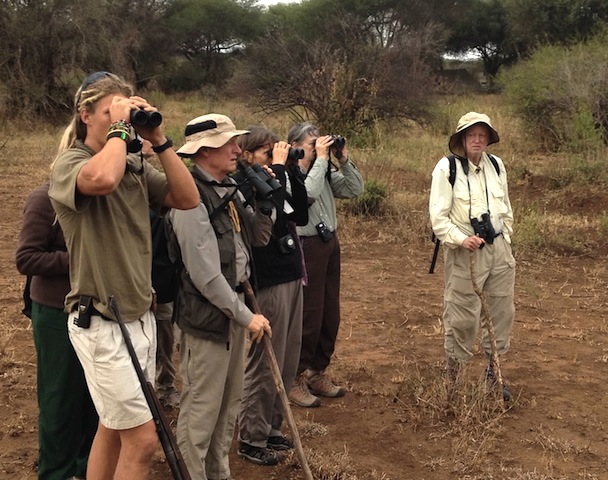
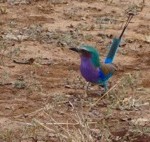
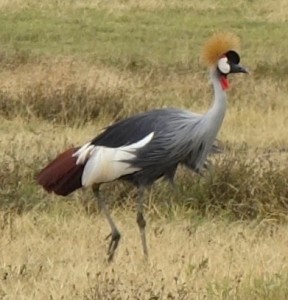
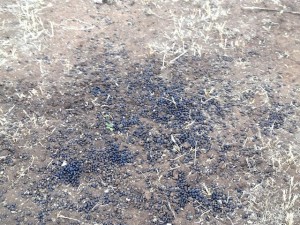
This gave me a good laugh! Bill